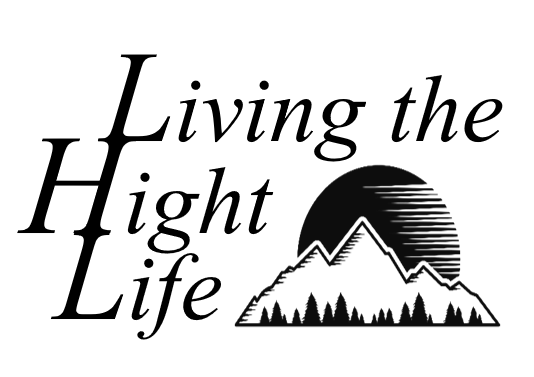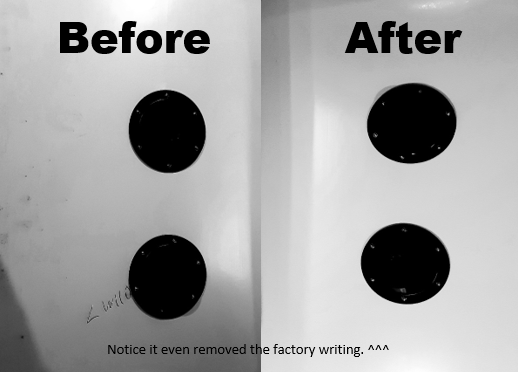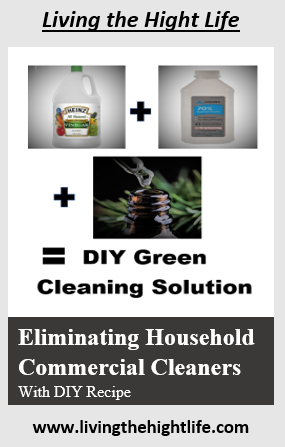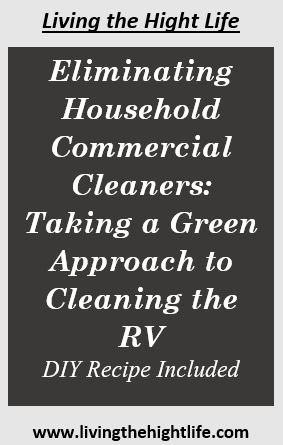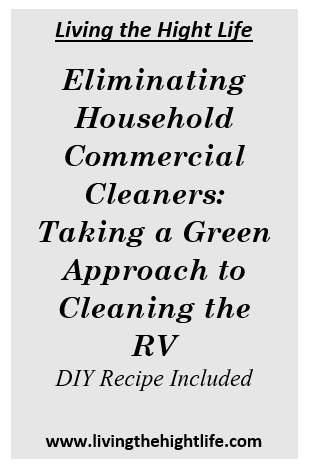Eliminating Household Commercial Cleaners: Taking a Green Approach to Cleaning the RV DIY Recipe Included
Amid the Covid-19 Pandemic we have witnessed people rushing to stores and buying up all of the Lysol and Clorox cleaners. People were panicking over cleaners, because they wanted to be able to disinfect everything. Luckily, I buy in bulk, so I had a stock of cleaners already and did not have to join in on the panic that was occurring.
Before becoming a fulltime RV family, I had an entire closet in my bathroom that had shelves full of commercial cleaners, plus additional cleaners under each bathroom sinks (we had 3) and under the kitchen sink.
I wanted the strong stuff that could kill any kind bugs I brought home from working in the hospital. I wanted to keep my family safe. Plus, everyone uses them so they must be safe, right?
Wrong!
After moving into the RV, I started noticing that while using the cleaners in a small space it was impacting my breathing, even if I used just a small amount of cleaner.
If we do not have much air space in our home, and these cleaners were impacting me this much, how bad would they be impacting my 15-month-old son?
This train of thought sent me to google where I found a multitude of blogs discussing the negative impacts of commercial cleaners, but blogs spouting off information does not make it true.
I wanted real facts from researchers studying these products.
What I found on credible websites only backed up the information I was reading on blogs.
According to Dr. Claire McCarthy, who is a senior faculty member of Harvard Health Publishing “Researchers from Canada used data from the Canadian Healthy Infant Longitudinal Development (CHILD) study to see if there was a connection between the use of household disinfectants by mothers and the weight of their children. They found that indeed, when mothers used household disinfectants (most commonly multi-surface cleaners, hand soap, and spray air fresheners), their children were more likely to be overweight or obese at age 3.”
Also, a study done by researchers at the University of Virginia Tech found when studying mice that “breeding pairs exposed for six months to a QAC disinfectant exhibited decreases in fertility and fecundity: increased time to first litter, longer pregnancy intervals, fewer pups per litter, and fewer pregnancies. Significant morbidity in near term dams was also observed.”
Woah! QAC disinfectants sound like some toxic stuff you do not want to mess with, but what are QAC disinfectants?
QAC disinfectants are Quaternary Ammonium Compounds, also called Quats in the less scientific groups and blogs.
They are found in common household cleaners, sprays, and wipes. If it says antibacterial on the bottle, chances are it contains Quats. The EPA certifies them as pesticides, but they are still supposed to be safe for human use…
Something about the word pesticides just does not sound very family friendly to me.
Have you ever read the back of your Lysol bottle? It says to rinse all surfaces that will touch food after using Lysol. Why? Because Quats do not just evaporate off of the surface. They are left behind after cleaning, and they are there when your child touches that surface and then puts their hands in their mouth.
There you go, now you child has ingested Quats.
Each time you, your family, your pets, or your food comes into contact with a surface you cleaned with one of these products, they are coming in contact with Quats.
They do not just get picked up by a touch and disappear.
They are a residue that is left behind, coating that surface.
In the mice study that showed decreased fertility related to the use of Quats, it took months of cleaning the cages with non-Quats containing cleaners before the mice showed normal fertility rates again.
*Side Note* If you read the linked article below from I Read Labels for You, you will find out that some shampoos and conditioners also contain Quats. She covers the Quats commonly found in shampoos and conditioners, and lets you know where they fall relating to safety.
How do you avoid Quats in your household cleaners?
You can just not purchase anything with the word “antibacterial” on the label or that contains the ingredients benzalkonium chlorides, alkyl dimethyl ammonium chlorides, or with the initials BAC, BZK, BKC, and ADBAC on the ingredient list.
OR you can just make your own at home.
I am a big fan of making my own, because then I know what is in my finished product.
I know that it is safe for my family.
I know, and the peace of mind that comes with knowing is worth the 5 minutes it takes to mix up a bottle of cleaner.
The recipe I use for cleaning my RV is:
2 parts Isopropyl Alcohol to 1 part white distilled vinegar.
16 oz of 70% or greater Isopropyl Alcohol
8 oz of White Distilled Vinegar
Essential Oils of your choice (Optional)
If I add essential oils to my cleaner I will use any combination of the following:
Orange- 30 drops- Its antiseptic, antifungal, antibacterial, and a great degreaser.
Lemon- 30 drops- Its antiseptic, antimicrobial, antibacterial, and a great degreaser.
Lavender- 15 drops- It’s antiviral, antifungal, and antibacterial.
Eucalyptus- 15 drops- It’s antibacterial and a deodorizer.
Peppermint- 15 drops- It’s antiseptic plus it repels bugs such as cockroaches, ants, and spiders.
Mix it all up in a spray bottle and it is ready to use. If you added essential oils just give it a quick shake each time before you use it, to make sure the essential oils are evenly distributed.
If cleaning a large area, such as the entire floor of your RV, make sure to open a window. You can still smell the alcohol in it. If the alcohol smell is to strong, you can dilute the mixture with an additional 4 oz of water, but it will take longer for the surface you sprayed to dry.
I do not call this mixture non-toxic, because it is toxic if you drink it. However, I feel 100% comfortable using everyday around my family and allowing my son to help me clean if he wants to.
*Note- always test on a small spot before cleaning a large area. Due to the alcohol content, it can remove paint and markers off some materials.
See how it cleaned the underneath of our RV dinette table. Our 16 month old son loves to wipe his dirty hands on it.
If you want more information on Quats check out these links:
https://www.womensvoices.org/2018/05/08/what-are-quats-and-why-are-they-on-our-list/
https://med.nyu.edu/pophealth/sites/default/files/pophealth/QACs%20Info%20for%20Physicians_18.pdf
https://ireadlabelsforyou.com/quaternary-ammonium-compounds-quats/
If you want to find out how we are improving our gut health and why we are focusing on this, read this blog post.
If you want to find out how we are improving our diet while traveling, read this blog post.

